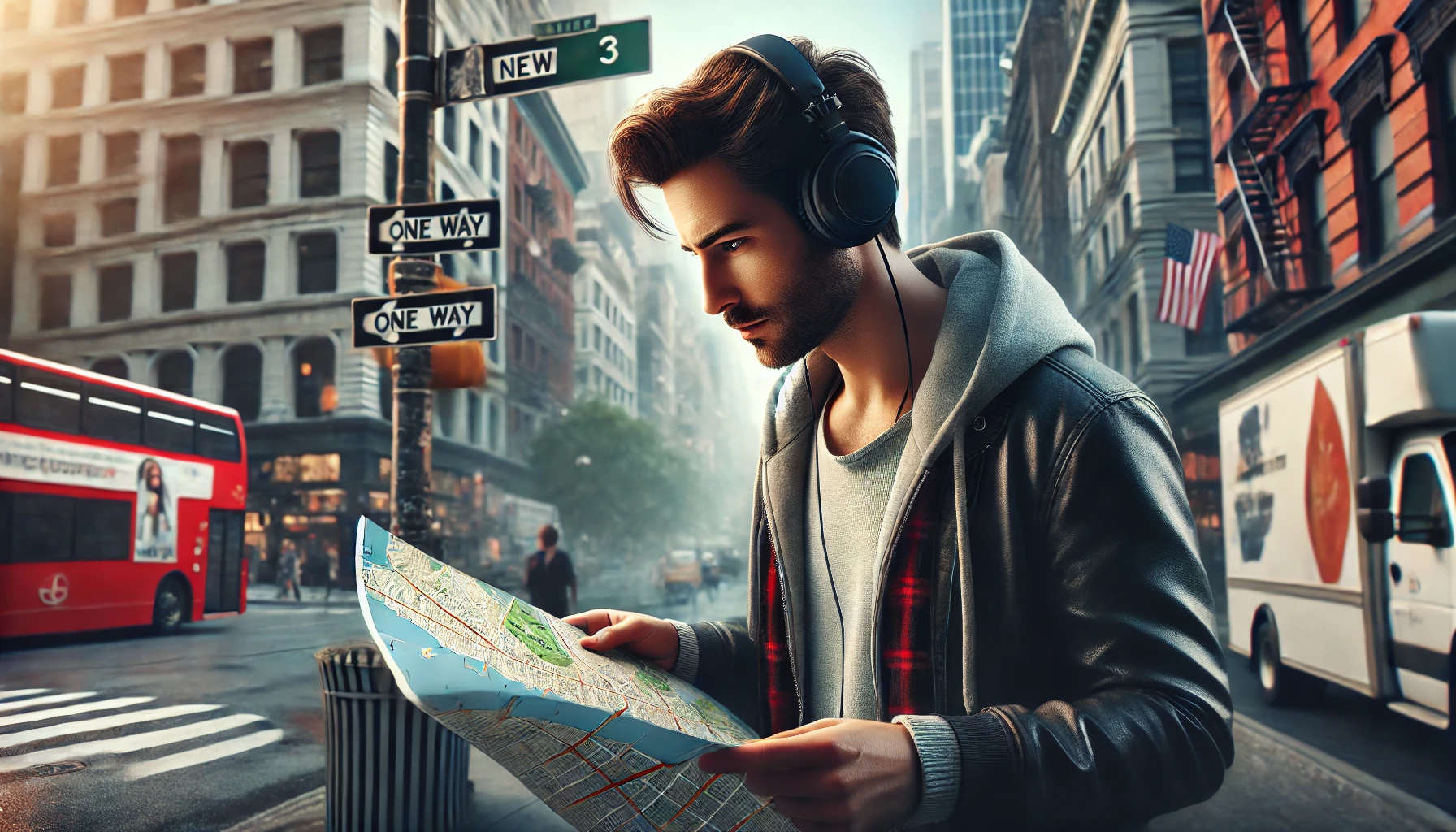Radio Map: The Journey of Music Through Geolocation
Modern technologies enter any sphere of art, though some may resist the influence of the advanced tools that do not take the place of an artist but facilitate the creative process and evoke inspiration out of the blue. Music, which represents a great part of our sensitive inner selves, has also welcomed technologies, the tracking ones in particular, which affect music distribution more efficiently than anything else.
There exist various location monitoring devices and systems, from physically installed equipment to free phone number tracker apps and more. With the use of such tools, music lovers may explore the world of art with the highest level of pleasure and get a new experience, too.

What is Location Tracking, and Why Does It Matter?
Generally speaking, location tracking usually means the process of determining and monitoring the physical location of a device, person, or object in the course of time. Relying on different tracking technologies, such as GPS, Wi-Fi signals, cell tower triangulation, etc., location monitoring may deliver the most accurate information in terms of movements and activity patterns from afar.
These days, the significance of location tracking cannot be overestimated. First of all, location monitoring offers substantial benefits when it comes to safety and navigation. GPS-enabled maps and applications provide accurate route guidance, suggest local services, deliver real-time traffic information, and offer full access to emergency services for them to respond to dangerous/controversial situations quickly and precisely, possibly saving lives.
In the field of music, geolocation gathered via tracking tools and software has the power to change the way we discover and interact with music communities and fan groups around the world. In fact, it may possibly draw attention to regional musical traditions, local artists, and unusual performances out of the mainstream.
Interactive Music Maps
One of the greatest breakthroughs in modern music distribution is the emergence of interactive music apps that connect physical locations and their distinctive soundscapes with the use of location tracking and geolocation technologies. These display both aurally and visually engaging approaches for their users to learn more about the musical traditions and current trends in various locations.
As such, interactive maps present a sophisticated system that comprises different types of information, e.g., historical music data, trends, geographic information, and more. The sources of this data are presented via user-generated material, local radio stations, cultural institutions, and music streaming platforms at the same time.
How does it work? Interactive music maps may determine the user's location promptly and play relevant music based on their geographic position. What users may do comes down to interactions with these maps to access playlists, live events, historical data points, and musical hotspots. Seems like a great tool to discover new creators, personalize music exploration, engage in the community of like-minded, and get educated through entertaining channels.

AI-powered Music Generation
We all know that AI, a modern trend in any sphere and industry, is capable of creating its own music (which lacks the soul and represents a compilation of the already existing formulas, though). Some platforms have developed interesting tools to enhance the process of music creation for fun, not for professional purposes indeed. So, what does it mean?
There are a couple of apps that offer an interesting functionality that consists in music creation on the basis of your location, personal photos, and chosen styles. Hence, one can generate their physical experience into the sonic one and receive the soundtrack of their dreams. As easy as that!
Thematic Exploration – Your Way to Love and Cherish Music
Location tracking technologies utilized in the process of music distribution represent a step forward to a more advanced, personalized exploration of new pieces of art. How could one get engaged in this sphere more efficiently if it was not for tracking in music? When supported by such a technology, any idea carried through music is associated with a particular area, which is to result in playlists relevant to the historical and cultural value of certain regions.
In essence, users can get a better understanding of the songs, musicians, and cultural backgrounds only when they delve into music theme by theme to actively interact with music and go beyond passive listening in the end. Based on each user's interests and choices, such tools customize the thematic trip and provide recommendations and insights with personal preferences in mind.
Though the best way to enjoy music is to listen to it live, these technologies may come and help when any other resource is unavailable. Take a trip through the annals of classical music, stop at the important sites and birthplaces of legendary composers like Bach, Beethoven, and Mozart, and recognize the intricate nature and eternal beauty of their compositions without getting out of home.


